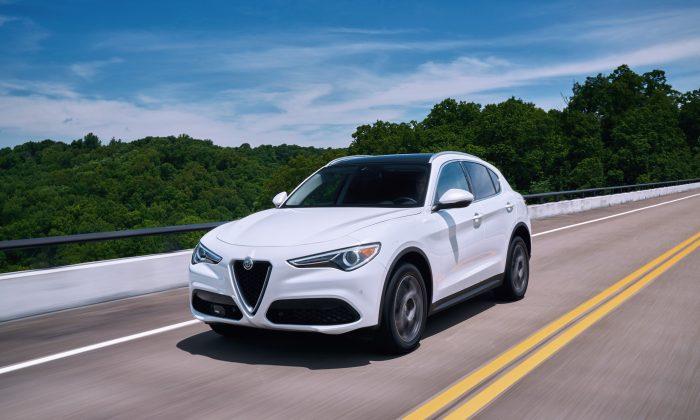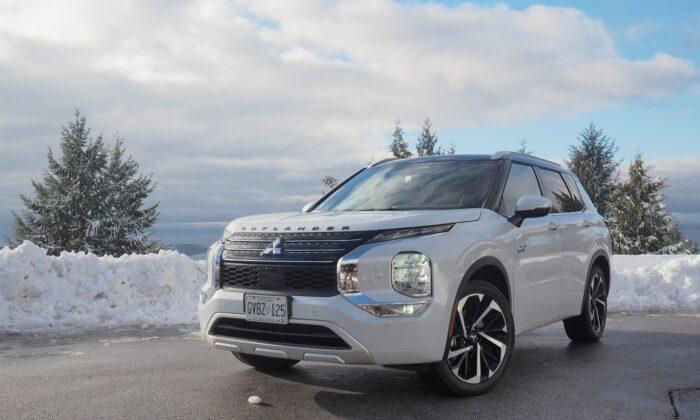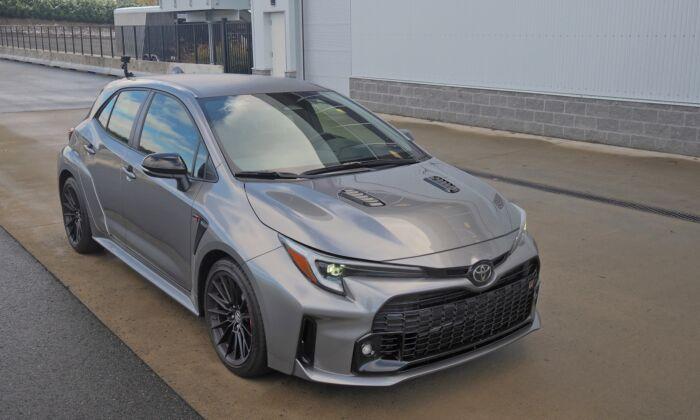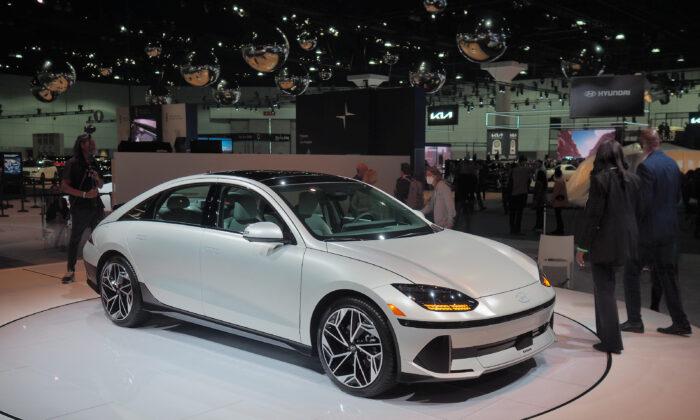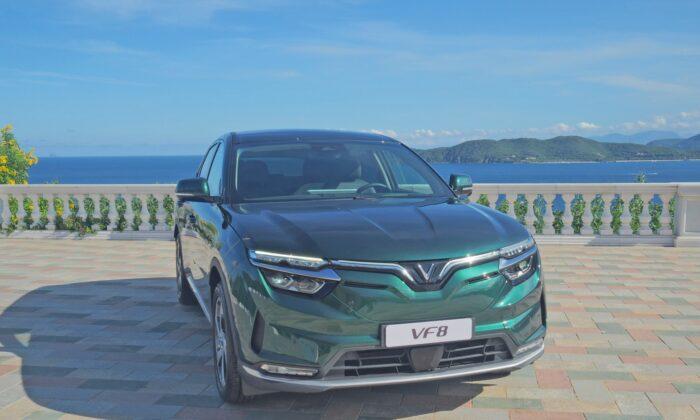With a name taking after the highest mountain pass in Northern Italy, with 20 kilometres of twisting pavement consisting of 75 hairpin switchbacks, the good folks at Alfa Romeo couldn’t in good conscience put out a vehicle that was not apt to tackle that very road. And so the Stelvio was born, the Italian brand’s very first SUV.
It’s refreshing to see something different—and the muscular Stelvio wearing Alfa Romeo’s distinctive Trilobe shield grille certainly qualifies—taking on the utility products from more established marques currently dominating many city streets.

Classified as a mid-size crossover, it measures 4,680 millimetres in length, 2,160 millimetres in width, and has a height of 1,670 millimetres.
As mentioned, the front end is unlike pretty much anything else offered, punctuated by the signature upside-down triangle in the centre of the face and flanked by long Bi-Xenon-equipped headlamps. Slim black wheel arches and sill skirts run down the side of the vehicle, and at the back is a dual exhaust system wrapped in a matching black diffuser with integrated contrasting skid plate.

The interior is equally as quirky and quintessentially European, featuring premium materials; an elegant, clutter-less dashboard; and a unique layout. I'll save you the trouble of trying to locate the start button—it’s mounted on the steering wheel à la another premium automaker hailing from Italy. The attention to detail and craftsmanship is really evident in places like the long sculpted paddle shifters made out of real metal. The steering wheel definitely could have been thicker for better grip feel, though.
The company describes the crossover as “simple, stylish, and tailored like a bespoke suit.” Indeed, customers have a choice of 13 exterior paint colours, 13 different alloy wheel designs, and various wood accenting and leather upholstery options.
These days, the term “driver’s SUV” is used a lot but doesn’t always apply. It does in this case, however, as the Stelvio legitimately feels at home navigating winding sections of road. The steering is taut, and there isn’t that feeling of top heaviness thanks to the use of carbon fibre and aluminum under the hood, in the suspension system, as well as in the doors and roof spoiler.

Speaking of the suspension, dubbed AlfaLink, there are double wishbones in the front and the rear has a multi-link configuration. A rear-biased Q4 all-wheel drive system is standard.
When I tell people that the engine powering the vehicle is a four-cylinder, the reaction is usually one of surprise. However, the turbocharged 2.0-litre powerplant is mated to an eight-speed automatic transmission, making 280 horsepower and a decent bit of noise, which is enough to put a grin on most people’s faces when the pipes are opened up. If not, a Quadrifoglio variant is available pushing a 2.9-litre twin-turbo V6, creating 505 horsepower and 443 lb.-ft. of torque.

On the centre console are a few discreet rotary knobs. One of them has “d n a” written on top, standing for Dynamic, Natural, and All-weather. As you can probably guess, these are modes that automatically alter several of the performance systems for different types of environments.
Dynamic is for maximum fun, optimizing engine output, firming up the brakes, and dialing back the traction control. Normal is perfect for everyday motoring, putting a focus on fuel economy. And All-weather is the setting to choose in slippery conditions, helping the crossover maintain a safe amount of grip.
Don’t worry about the Stelvio being one of those trendy crossovers with minimal practicality. The cargo area behind the second row has 525 litres of space, and the tailgate is fully electronic and can be programmed to open at eight different levels.
Highlights (as tested)
The manufacturer’s suggested retail price: $53,845 Motor: 2.0-litre turbocharged four-cylinder Horsepower: 280 @ 5,250 rpm Torque (lb.-ft.): 400 @ 2,250 rpm Gearbox: eight-speed automatic Layout: all-wheel drive Fuel economy: 15.0 L/100 km combined city/highway (observed)
